The average electric bill for residential homes in the U.S. is $115 per month, according to a 2019 report by the U.S. Energy Information Administration. When added to the cost of rent or mortgage, gas, water and other utility bills, it’s no wonder why millions of families are looking for ways to cut back.
Some of the ways to save energy are not as difficult as you might think. In fact, there are a few easy habits you can establish today that could help lower your next month’s utility bills. And, if you need more comprehensive assistance, there are a handful of programs that provide financial aid to qualifying households. Learn how to save electricity and lower your utility bills with these 8 helpful tips.
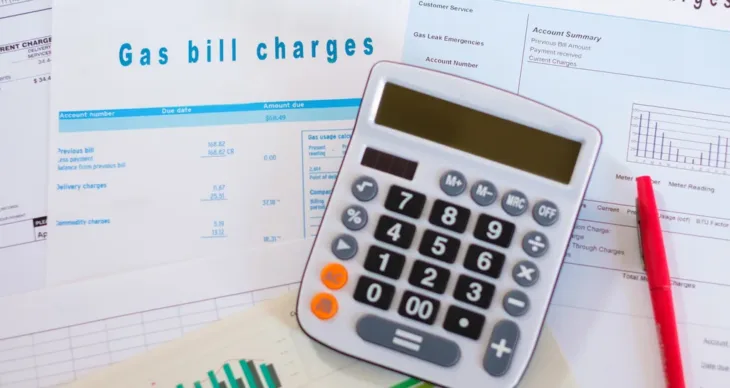
The average utilities cost for American households is well into the $100s each month. Signing up for automatic bill payments makes it easy to never get behind on your bills, but if you don’t know how much you are paying, how can you lower your costs?
Calculating utility costs is a tedious task, but it can help you understand the link between your daily routine and hefty utility bills. It may help to keep a ledger so you can track your costs and begin to see patterns.
For example, air conditioning costs tend to rise in the hotter months; tracking these trends may help you be more mindful about turning off your AC when you are not home.

Did you know: the average cost of utilities for a house that runs on energy-efficient products could be thousands of dollars less than homes with outdated appliances? Energy efficiency is the key to saving money on electricity, gas and other utilities.
If you’re wondering how to lower electricity bill payments for your household, the answer could be as simple as switching to energy-efficient lightbulbs. Compact fluorescent light bulbs (CFLs) and LED bulbs are the most efficient and could save you up to $40 in electric costs over their lifespans.
Looking for more significant savings? Consider switching to energy-efficient appliances, such as washing machines, dishwashers and refrigerators. In fact, newer washing machines use up to 75% less water than older machines.

Some of the ways to save energy are better achieved through help from the state or federal government. The Weatherization Assistance Program (WAP) helps low-income households decrease their average utilities cost by making their homes more energy-efficient.
The program provides free government money to make improvements and upgrades that save participants an average of $283 each year. Depending on the needs of your home, you could receive money for the following services:
- Replacement windows and doors
- Insulation
- Installation of energy-efficient appliances and systems
- Safety tests

If your average electric bill, gas bill or other utilities are putting a financial strain on your budget, you may seek financial assistance through the Low-Income Home Energy Assistance Program or LIHEAP. The program operates in all 50 states.
To qualify for the program, you must demonstrate a financial need and have a household income that falls below the limit based on the number of people in your home. For example, a family of four may qualify for LIHEAP if their total household income before taxes is $39,750 or less.
If you qualify, your average utility cost will not be covered permanently; the program is designed to provide temporary relief to help pay your heating or cooling costs. Depending on your situation, you may qualify for emergency energy assistance to prevent your utilities from getting shut off.
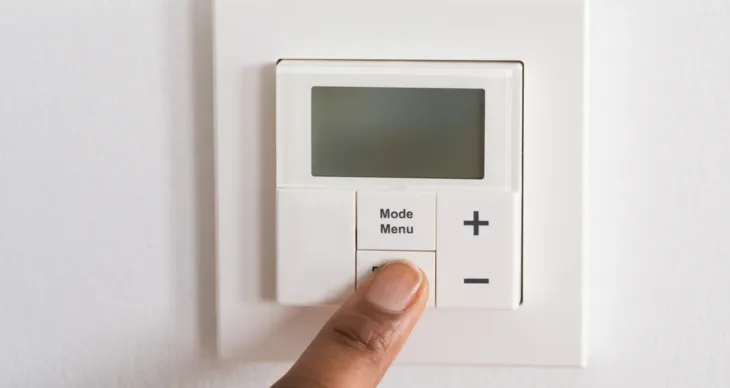
If you are wondering how to save money on electric bill payments, you may be interested in learning more about programmable thermostats. Also known as smart thermostats, these devices can cut your electric bill by hundreds of dollars each year.
With a standard thermostat, going away meant making a decision: either turn off your heating or cooling system, or set it at a temperature and let it run freely. Both choices could create huge spikes in your bill once you return.
One of the ways to save energy during these instances is to use a programmable thermostat that you can control from your smartphone. Smart thermostats even learn your routine, adjusting as necessary to keep your home at a comfortable temperature.
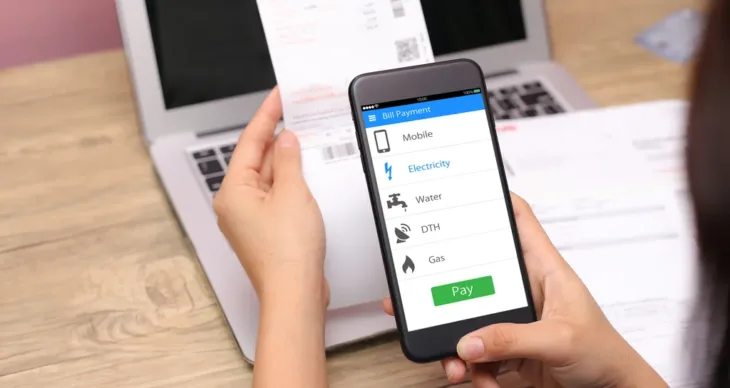
One of the ways to save energy costs may be as simple as changing the way you pay. Most utility companies offer discounts to individuals who sign up for automatic payments. By doing so, you will never miss a payment. It’s the easiest way to pay your energy bills.
Depending on the company and where you live, discounts can range between $5 and $20 per month!
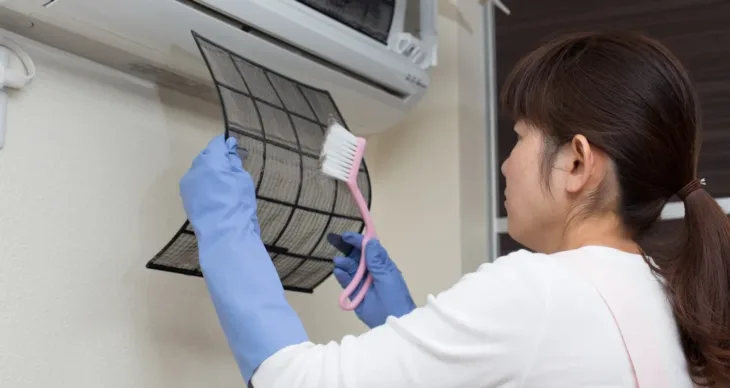
Wondering how to lower electricity bill payments without spending too much money? Make sure you regularly change the air filters in your furnace or air condition units. Nearly all units use filters to block dust, dirt and other particles from getting through the vents.
If your filters are clogged, your unit could be overworking itself, leading to more energy usage on your end. Plus, dirty filters could put your health at risk. Most experts recommend changing your filters once every one to three months.
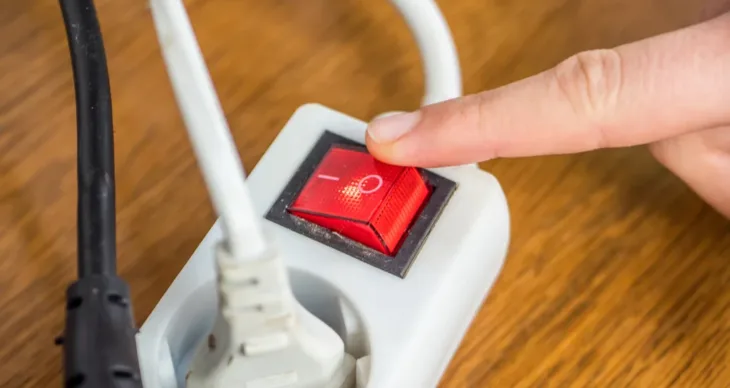
When calculating utility costs, you may be forgetting about some of the less obvious culprits. Even when you turn off your electronics, they could be using electricity just by being plugged into your wall outlets.
As such, you can save money on your average electric bill just by unplugging some of the following electronic devices:
- DVD players
- Kitchen appliances, like toasters, coffee makers and air fryers
- Battery chargers
- Fans
- Lights
- TVs
- Stereo systems